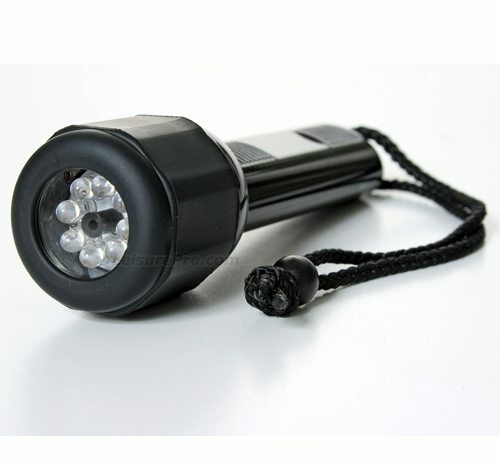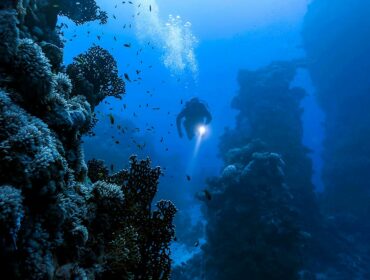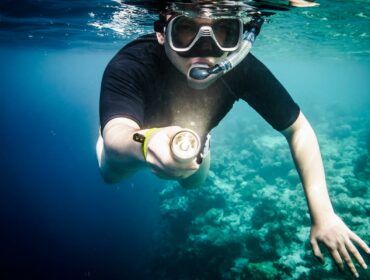When deciding to buy a Dive Light there are nowadays so many options to chose from that we decided to put together some information that will help you make an informed decision on your next scuba light purchase.
There are three main categories of illumination methods when it comes to scuba dive lights: LED, HID and Conventional (Halogen, Xenon, or Tungsten).

The LED (Light Emitting Diode) is probably the most significant innovation in portable lighting since the incandescent bulb. An LED uses a semiconductor to convert electrical energy directly into light unlike an incandescent bulb that converts electrical energy into heat which burns a filament to produce light. LED dive lights are inexpensive, highly durable, emits bright blue light, doesn’t heat up like an ordinary bulb or tungsten lights, and most importantly LED’s last much longer than an ordinary bulb, ensuring that battery consumption is minimal. The only drawback of LED’s are that they do not produce the same amount of light as a bulb does, however these inefficiencies are being constantly reduced as LED technology improves. if you’re shopping for underwater dive lights. The LED light is one of the best to have in terms of overall value.
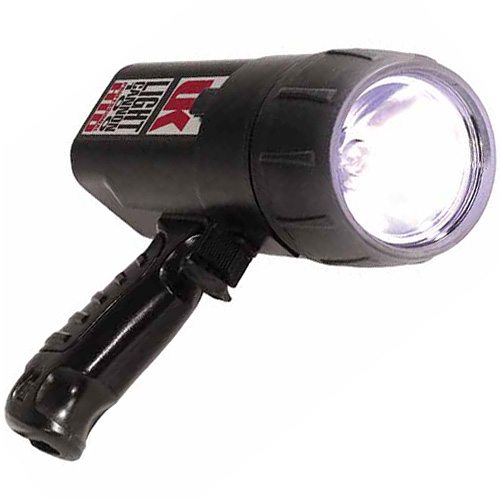
HID (High Intensity Discharge) torches use the same technology as used in modern car headlamps that give off the white/blueish light that looks much brighter than ordinary car headlamps. HID is a new light technology that makes it possible to get twice as much light from half as much battery. The problem faced while Scuba Diving is that water as you know increasingly absorbs parts of the light spectrum as the diver goes deeper making ordinary bulbs inefficient. HID torches give off high intensity blue light that can be used at greater depths, project light at great distances and will last a lot longer. HID dive light are however known to be more expensive than conventional lights and LED ones.
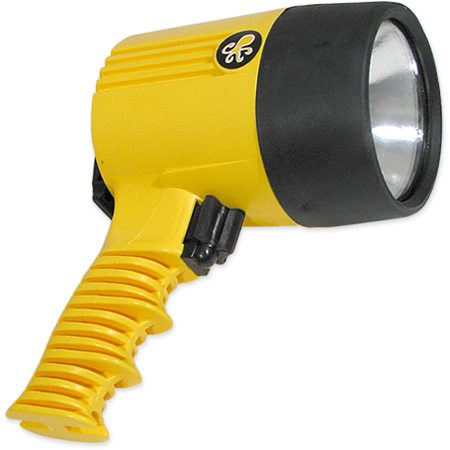
Conventional filament bulbs (Halogen, Xenon or Tungsten) are the cheapest, produce bright light but consume a lot more battery than HID or LED bulbs. While selecting a conventional bulb torch, you have three major parameters to keep in mind: color temperature, power, and lamp life. The yellower the light, the more loss in spectrum you will experience at depths, so the bulb should emit a more whitish light to be effective. Conventional bulbs that burn brighter often mean that it will also consume a greater amount of power, so check for battery time, as you don’t want your light dying on you in the middle of a dive. Lastly conventional or incandescent bulbs have a limited life, and while purchasing a torch you should ensure how long your bulb will last you before needing to be replaced, also check the availability and cost of spare bulbs before buying the light. Despite all the disadvantages of conventional lights, they are still widely used primarily because of their cost, availability and effectiveness underwater.

